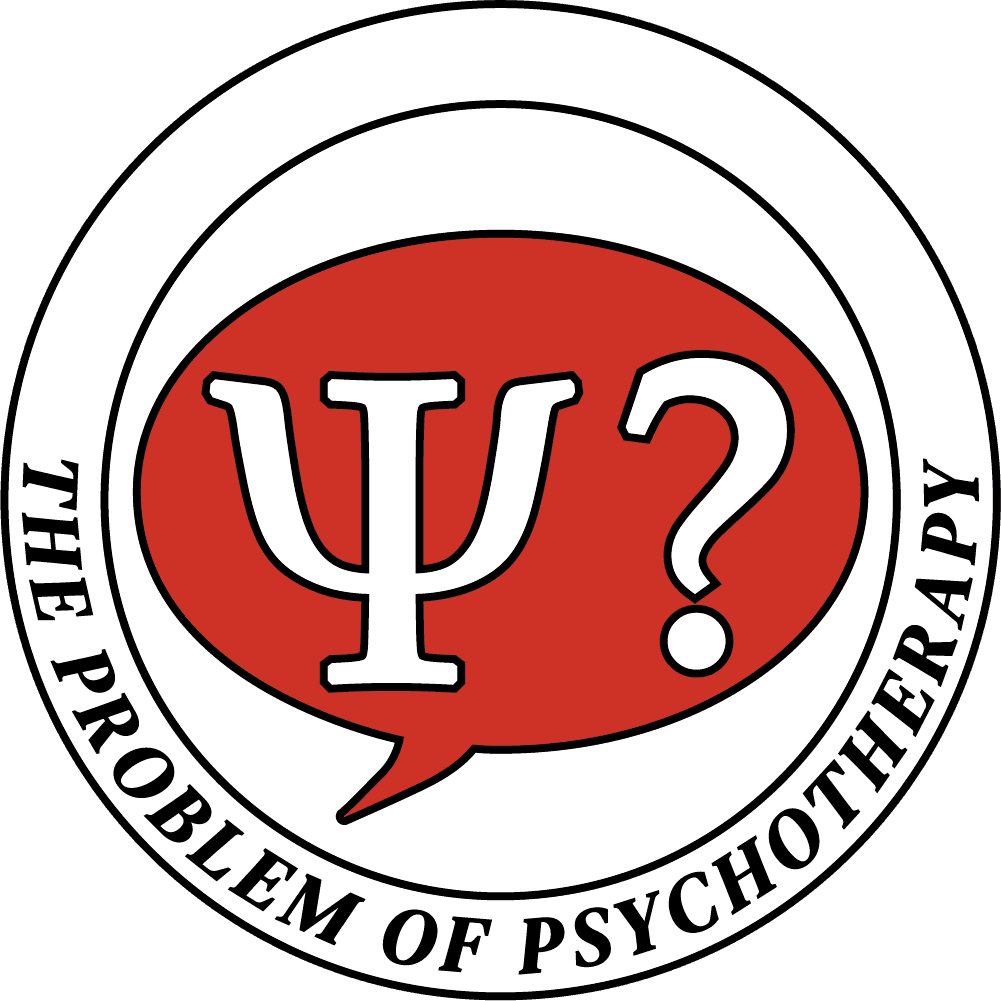The Problem of Psychotherapy is one of the four key challenges UTOK tackles, alongside the Enlightenment Gap, the Problem of Psychology, and the Problem of the Psyche. UTOK provides a comprehensive framework to resolve the field's fragmentation and unify diverse therapeutic models.
Fragmentation in Psychotherapy
Psychotherapy, as a field, showcases a significant degree of fragmentation. This fragmentation manifests in the multitude of psychotherapy modalities that exist today, each offering distinct perspectives on the ontology of human psychology, the nature and development of psychopathology, and the mechanisms that facilitate psychological healing. The absence of a holistic framework to integrate these diverse approaches leads to confusion among both laypeople and clinicians.
Historical Context
The roots of this pluralistic fragmentation can be traced back to the mid-20th century, specifically between the 1950s and 1980s. During this period, major paradigms in psychotherapy, such as psychoanalysis/psychodynamic, behaviorism, cognitive, and humanistic approaches, were often in opposition to one another. Clinicians were encouraged to adhere strictly to a single school of thought, disregarding or even actively debating against the other schools. This competitive environment hindered the development of a unified understanding of human psychological functioning.
The Need for a Unified Approach
UTOK posits that the different traditions in psychotherapy actually see parts of the same whole—human psychological functioning. It argues that a unified view of these major approaches is necessary to develop a coherent and holistic understanding of human psychological suffering and healing. UTOK integrates these diverse perspectives into a single, cohesive framework that addresses the complexities of human psychology in a comprehensive manner.
UTOK's Framework for Psychotherapy
UTOK offers a unified approach to psychotherapy that synthesizes insights from various traditions into a coherent whole. This approach is grounded in several core concepts and theoretical structures that aim to resolve the existing fragmentation.
Character Adaptation Systems Theory (CAST)
CAST provides a new map of personality that aligns with the key insights of behavioral, cognitive, humanistic, and psychodynamic approaches. It offers a framework to understand how individuals adapt to their environments and develop over time. This theory integrates various aspects of personality and adaptation into a unified model that can be applied across different therapeutic modalities.
The Wheel of Development
The Wheel of Development is another key component of UTOK's unified approach. It outlines the stages of human development and provides a roadmap for understanding the progression of psychological growth. This model incorporates insights from developmental psychology and offers a comprehensive view of how individuals evolve over the course of their lives.
The Nested Model of Well-Being
The Nested Model of Well-Being is UTOK's framework for understanding psychological well-being. It integrates principles from different therapeutic traditions to offer a holistic view of mental health. This model emphasizes the interconnectedness of various aspects of well-being, including emotional, psychological, and social dimensions.
CALM-MO: An Integrative Approach to Psychological Mindfulness
CALM-MO stands for Contextualized Awareness of Life and Mind – Mindful Orientation. It is an integrative approach to psychological mindfulness that combines elements from mindfulness-based therapies with insights from other therapeutic traditions. This approach helps individuals develop greater awareness of their thoughts, emotions, and behaviors, and cultivate a more mindful and adaptive way of living.
The Roots of the Problem
To fully understand the Problem of Psychotherapy, it's essential to delve deeper into the historical and philosophical roots of the issue. The fragmentation we see today is a downstream consequence of the Enlightenment Gap and the subsequent Problem of Psychology.
The Enlightenment Gap
The Enlightenment Gap refers to the lack of a coherent system of understanding that bridges the gap between matter and mind, as well as between scientific knowledge and subjective experience. This gap emerged in the wake of the modern scientific Enlightenment and has profoundly impacted the field of psychology and psychotherapy.
The Problem of Psychology
The Problem of Psychology is closely related to the Enlightenment Gap. It refers to the difficulty in defining the nature of the mind and the ontology of the mental within the scientific framework. This problem has led to the fragmentation in psychotherapy, as different schools of thought have developed their own theories and approaches in isolation from one another.
The Problem of the Psyche
The Problem of the Psyche is the difficulty in specifying the nature of subjective, qualitative, experiential knowledge in relation to the objective, empirical knowledge of science. This issue further complicates the integration of different therapeutic approaches, as it highlights the challenges in reconciling subjective experiences with scientific explanations.
UTOK's Solution to the Problem of Psychotherapy
UTOK addresses these core issues by providing a new descriptive metaphysical system that integrates subjective, objective, and intersubjective knowledge into a coherent whole. This system offers a comprehensive framework for understanding human psychological functioning and facilitates the integration of diverse therapeutic approaches.
The iQuad Coin
The iQuad Coin is a key component of UTOK's framework. It represents the Human Identity Function, which is how individuals qualitatively experience the world and identify with themselves in the moment. The iQuad Coin provides a bridge between subjective experience and scientific knowledge, allowing for a more integrated understanding of the human psyche.
The Tree of Knowledge System
The Tree of Knowledge (ToK) System is UTOK's descriptive metaphysical system for scientific knowledge. It maps the complexification of matter, life, mind, and culture over time and provides a coherent naturalistic ontology. This system helps bridge the gap between scientific explanations and subjective experiences.
The MEme Flower
The MEme Flower sits at the center of the Tree of Life, the core icon of UTOK. It symbolizes the relationship between descriptive metaphysics (the "m") and empiricism (the "e"). The MEme Flower represents the integration of large-scale systems of justification with individual subjective experiences, creating a unified framework for understanding human knowledge and experience.
Toward a Coherent System of Psychotherapy
UTOK's unified approach to psychotherapy offers a comprehensive framework that addresses the fragmentation in the field. By integrating insights from various therapeutic traditions and providing a coherent system of understanding, UTOK facilitates a more holistic and effective approach to psychological healing.
Embracing Diversity
One of the key strengths of UTOK's approach is its ability to embrace the diversity of therapeutic modalities. Rather than viewing different approaches as competing or contradictory, UTOK integrates them into a unified framework that highlights their complementary aspects. This inclusive approach fosters a more comprehensive understanding of human psychological functioning and enhances the effectiveness of therapeutic interventions.
Fostering Collaboration
UTOK's unified framework also fosters collaboration among clinicians from different therapeutic traditions. By providing a common language and conceptual framework, UTOK enables clinicians to work together more effectively, share insights, and develop integrated treatment plans. This collaborative approach enhances the quality of care and supports better outcomes for clients.
Enhancing Clinical Practice
UTOK's integrative approach to psychotherapy also enhances clinical practice by providing clinicians with a more comprehensive understanding of human psychological functioning. This deeper understanding allows clinicians to tailor their interventions to the unique needs of each client, drawing on insights from multiple therapeutic traditions. As a result, clients receive more personalized and effective care.
Conclusion
The Problem of Psychotherapy is a significant issue that stems from the fragmentation within the field. UTOK addresses this problem by providing a comprehensive and unified framework that integrates insights from various therapeutic traditions. By embracing diversity, fostering collaboration, and enhancing clinical practice, UTOK offers a path forward for the field of psychotherapy. Through this unified approach, we can develop a more coherent and holistic understanding of human psychological functioning, ultimately improving the quality of care and outcomes for clients.
By adopting UTOK's unified approach, we can move towards a more integrated and effective system of psychotherapy, ultimately fostering greater psychological well-being and healing.
Links & Resources
The Core of UTOK
A New Unified Theory of Psychology
The Enlightenment Gap





